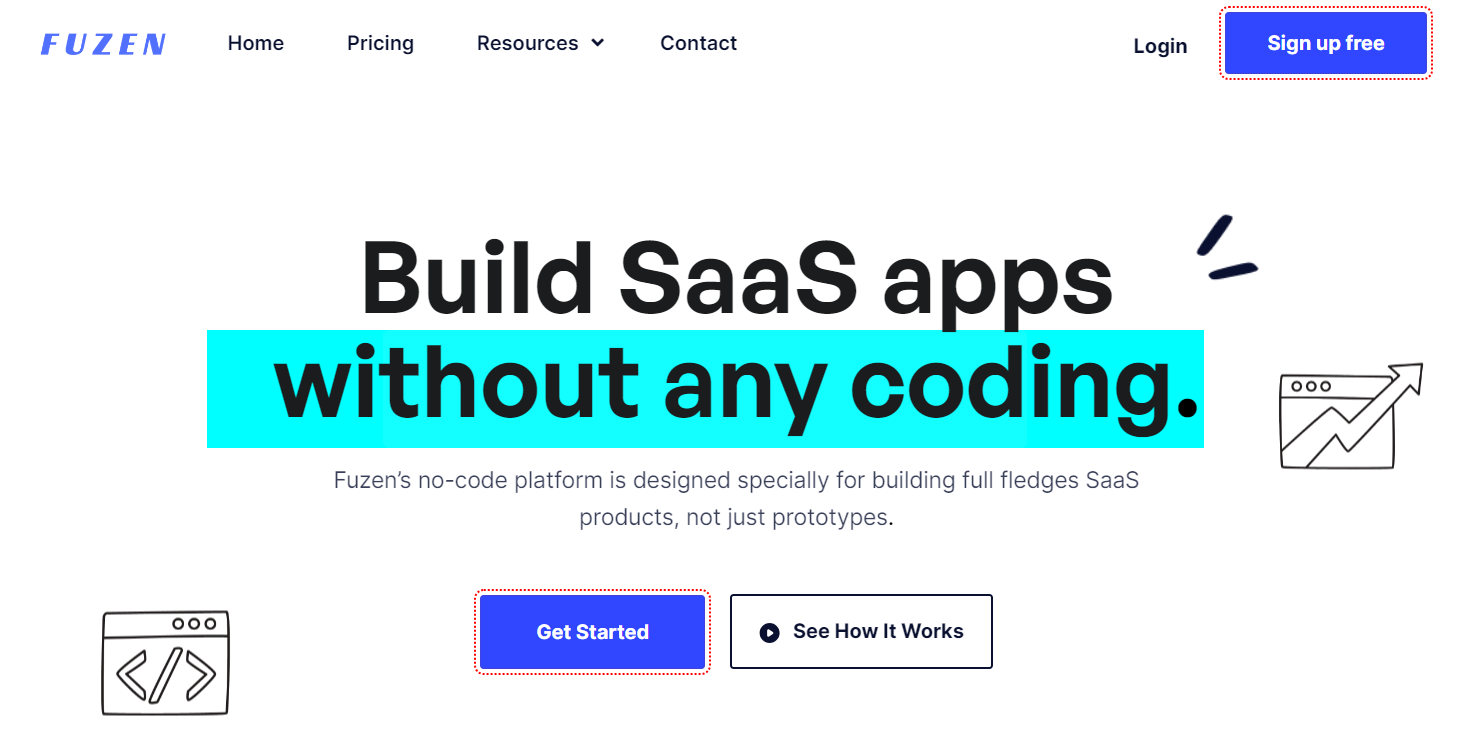No-Code Solutions for Open System Data Source Creation: Build Without Coding Abilities
No-Code Solutions for Open System Data Source Creation: Build Without Coding Abilities
Blog Article
Discover How Scalable Databases Can Be Utilized Without Coding to Enhance Your Service Operations
In today's hectic service environment, the ability to manage and examine data efficiently is extremely important. no-code. Scalable databases, especially when matched with no-code solutions, offer a transformative approach that empowers non-technical customers to streamline operations.
Comprehending Scalable Databases
Scalable databases are important for modern organization procedures, permitting organizations to effectively manage increasing quantities of data without sacrificing performance. These databases are created to expand and adapt to the transforming needs of an organization, guaranteeing that they can manage bigger datasets and more complex questions as organizational requirements develop.
Comprehending scalable data sources entails identifying their 2 key kinds: vertical scaling and horizontal scaling. Upright scaling, or "scaling up," includes including more power (CPU, RAM) to an existing web server to enhance performance. On the other hand, horizontal scaling, or "scaling out," requires including extra web servers to disperse the tons, which commonly results in greater flexibility and fault tolerance.
Another essential aspect is the architecture of scalable databases, which can be either non-relational or relational. Relational databases, such as MySQL and PostgreSQL, are structured and utilize SQL for questions, while non-relational data sources, like MongoDB and Cassandra, supply even more adaptability with disorganized data.
Eventually, recognizing scalable data sources is crucial for services intending to take advantage of data as a calculated asset, enabling them to continue to be affordable in a significantly data-driven setting.

Benefits of No-Code Solutions
Unlocking the potential of no-code remedies encourages organizations to simplify procedures and boost performance without the requirement for comprehensive programs understanding. These systems allow non-technical individuals to develop, change, and manage databases easily, hence equalizing access to innovation throughout groups.
Among the primary benefits of no-code remedies is their speed of application. Services can promptly deploy applications and automate processes, substantially decreasing the time invested in advancement cycles. This dexterity allows companies to react immediately to market changes and customer needs, fostering an one-upmanship.
Additionally, no-code platforms minimize dependence on IT divisions for daily tasks, enabling technical teams to concentrate on even more complicated jobs that need specialized skills. This change not just enhances resource allowance however likewise promotes development within the organization.
Cost-effectiveness is one more advantage, as no-code services can lower development and maintenance expenditures. By minimizing the demand for coding know-how, business can harness the capabilities of their existing workforce without the expenses of working with extra workers.
Popular No-Code Database Devices
The increase of no-code options has actually resulted in the development of various data source tools that deal with businesses looking for performance and access. These devices encourage customers with restricted technological knowledge to develop, handle, and control databases effortlessly.

Caspio stands out for its ability to develop web applications with no coding. It allows services to develop durable data sources and release applications quickly, dealing with various sector demands. Propensity offers effective data and user-friendly user interfaces management capabilities, making it possible for organizations to construct custom applications customized to their workflows.
Usage Instances in Business Operations
How can businesses utilize data source devices to boost their procedures? Scalable data sources give companies with powerful capabilities to manage and examine information without the demand for extensive coding understanding. These tools can improve various company processes, inevitably resulting in improved performance and performance.
One famous usage instance is customer relationship monitoring (CRM) Companies can use scalable data sources to track client interactions, preferences, and feedback, enabling customized interaction and much better service. By centralizing this details, teams can team up better and react to client needs in real-time.
An additional significant application is supply administration. Companies can utilize no-code database tools to monitor supply degrees, track shipments, and projection demand. This makes certain ideal supply levels, minimizes waste, and minimizes stockouts.
In addition, project administration can benefit from scalable databases by permitting teams to look at more info take care of jobs, due dates, and resources in an unified platform. With real-time updates and information visualization, task supervisors can make enlightened decisions.
Getting Started With Application
Implementing scalable data sources in organization operations requires a structured method to ensure successful combination and utilization. The very first step is to perform a comprehensive demands assessment, identifying certain organization needs, data types, and expected growth patterns. This foundational understanding will certainly lead the option of the appropriate database solution.
Next, select a straightforward, no-code database platform that lines up with your functional objectives. no-code. Lots of modern-day solutions provide user-friendly user interfaces, permitting non-technical customers to take care of data properly. After picking a system, develop a clear information style that lays out just how data will certainly be organized, accessed, and preserved
Training is important; make certain that staff member are equipped with the necessary skills to make use of the data source. Take into consideration giving tutorials or workshops to acquaint personnel with the system's performances.
Final Thought
In final thought, the integration of scalable databases with no-code solutions offers significant benefits for company procedures. Ultimately, leveraging these technologies can lead to boosted efficiency and functional efficiency, placing companies for continual growth in an affordable landscape.
One prominent no-code database tool is Airtable, which incorporates the performance of a spread sheet with the power of a database.Just how can organizations take advantage of data source tools to enhance their procedures? Organizations can use scalable databases to track customer interactions, choices, and responses, allowing personalized interaction and much better solution.Applying scalable data sources in company operations calls for an organized strategy to ensure successful integration and usage.In verdict, the assimilation of image source scalable databases through no-code services provides considerable benefits for service procedures.
Report this page